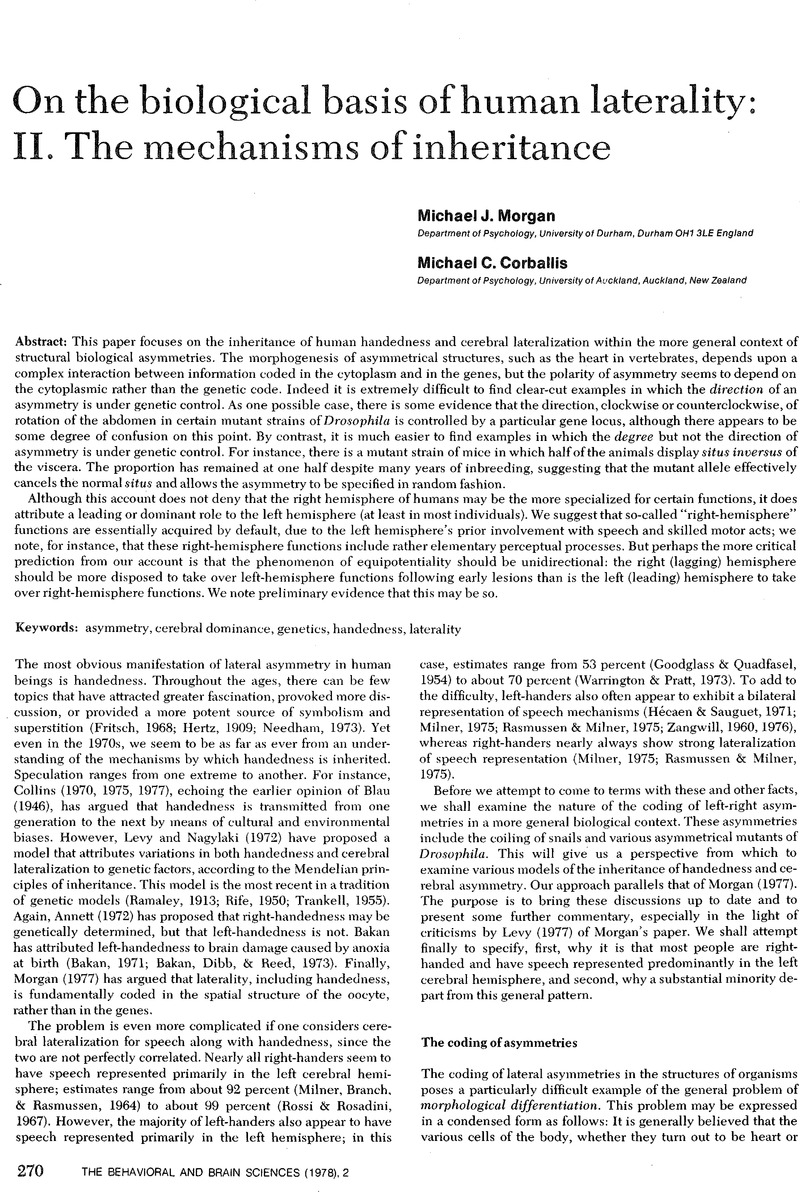LeMay, M. Morphological cerebral asymmetries of modern man, fossil man, and non-human primate. In:
Harnad, S. R.,
Steklis, H. K., and
Lancaster, J. (eds.).
Origins and Evolution of Language and Speech. Annals of the New York Academy of Science.
280:
349–60.
1976.
Google Scholar 